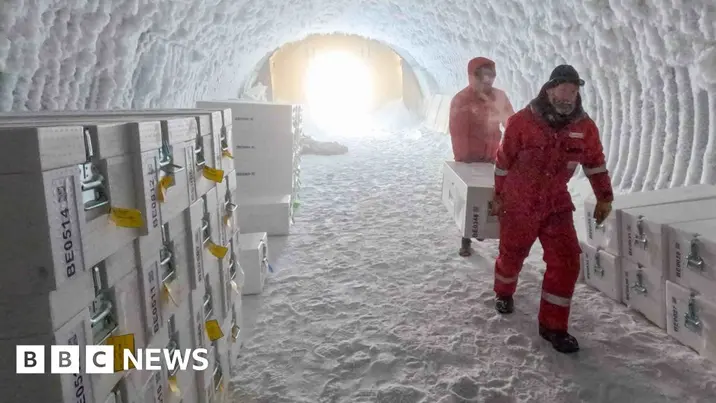T4K3.news
Antarctic mystery solved after 66 years
Remains of Dennis Bell identified and recovered as glacier retreat exposes history in the Antarctic
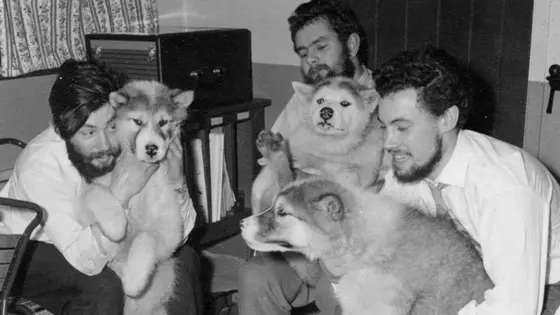
Remains and artefacts identified as those of Dennis Bell were recovered as Antarctic glacier ice retreated, bringing closure to a decades-old mystery.
Remains of Antarctic researcher found after 66 years
Dennis Bell, a British researcher who vanished in 1959 after falling into a crevasse on the Ecology Glacier near King George Island, has been identified through remains recovered by a Polish expedition. The find came as parts of the glacier exposed more rock and debris due to retreat. In January, the Polish base on King George Island located Bell’s remains along with hundreds of personal items, including a watch, a Swedish knife, radio equipment and ski poles. A five-day archaeological survey in February recovered bone fragments and artifacts, and DNA testing confirmed Bell’s identity with his living siblings. Bell, a meteorologist with the Falkland Islands Dependencies Survey, disappeared after trying to help a crevasse rescue and was never seen again. The remains were transported to the Falkland Islands on the BAS ship Sir David Attenborough and forwarded to the Coroner for the British Antarctic Territory before being brought to London.
Family members described their reaction as a mix of shock and gratitude. David Bell said, “When my sister Valerie and I were notified that our brother Dennis had been found after 66 years we were shocked and amazed.” The BAS described the discovery as a “poignant and profound moment” and said it highlights the human stories behind Antarctic science.
Key Takeaways
"When my sister Valerie and I were notified that our brother Dennis had been found after 66 years we were shocked and amazed."
David Bell describing the family reaction to the discovery.
"This discovery brings closure to a decades-long mystery and reminds us of the human stories embedded in the history of Antarctic science."
Dame Jane Francis on the significance of the find.
"Bell had tied the rope through his belt instead of round his body, perhaps because of the angle."
Factual account of the rescue attempt leading to Bell's disappearance.
The story turns a long cold mystery into a human one. It shows how early polar exploration carried both scientific promise and personal risk, often at great cost to the people who lived it. The ice has long acted as a time capsule, but its retreat now exposes not just relics but memory—of a team under harsh conditions and a life cut short in pursuit of knowledge. While this find brings closure for Bell’s family, it also raises questions about how institutions handle archaeology in remote, active research zones and how they balance memorial duties with ongoing science.
Highlights
- Ice yields a human face to a frozen history
- A name restored, a story finally told
- The ice reveals not just relics but memory
- Home comes when the ice loosens its grip
Ice keeps telling its story, and this time the ending is written with a human name.
Enjoyed this? Let your friends know!
Related News
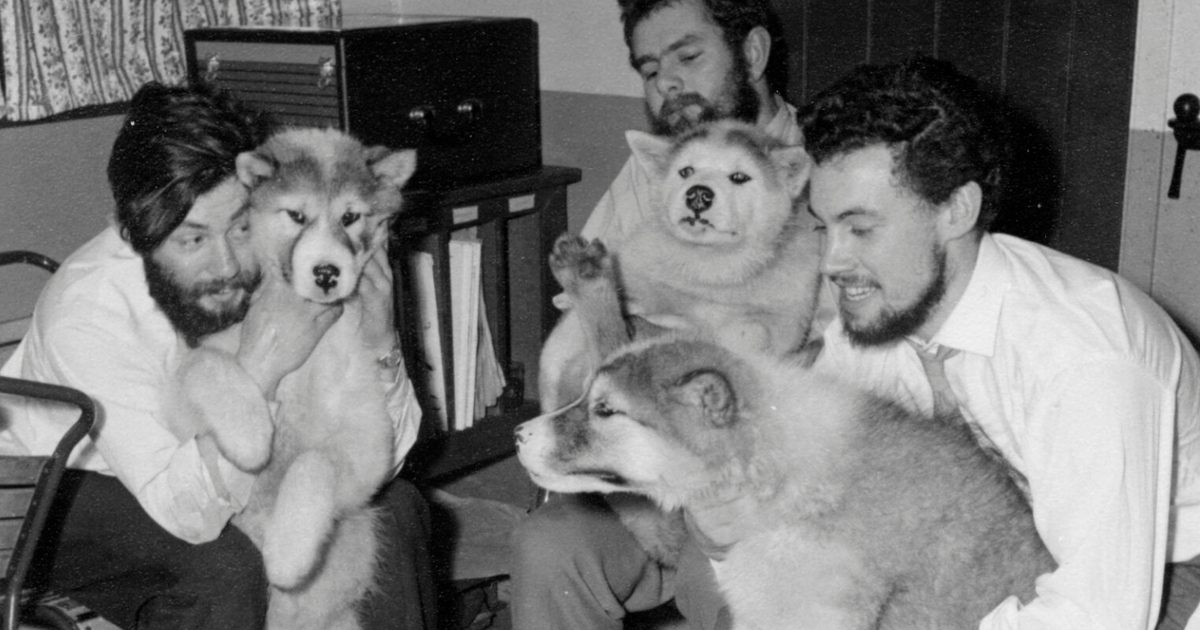
Antarctic Discovery Ends 66-Year Mystery
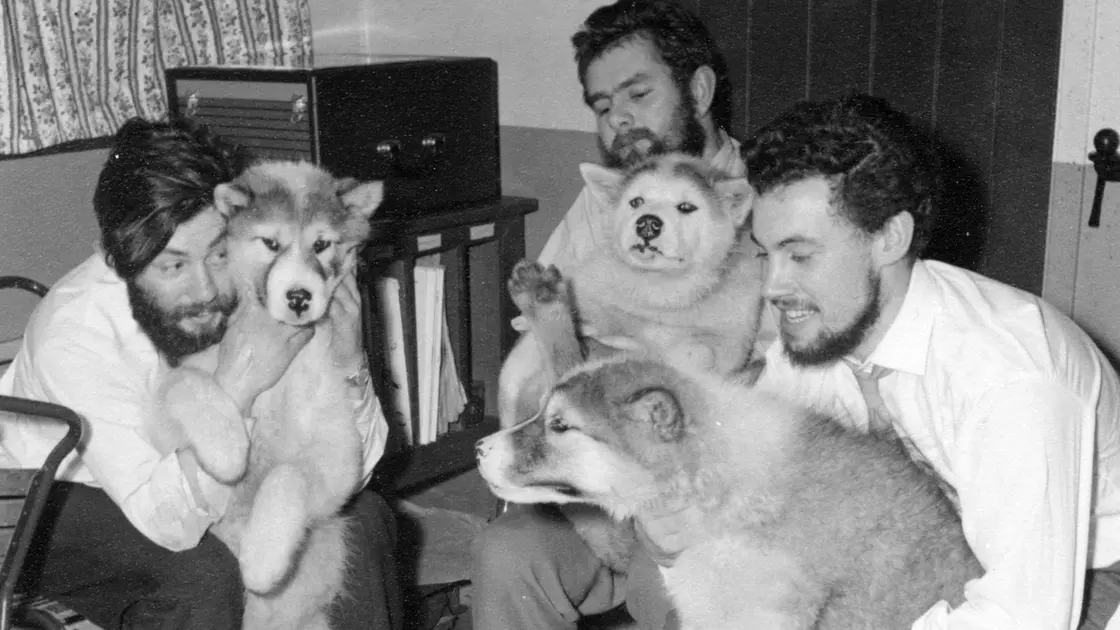
Remains Found in Antarctica

Remains Found in Antarctic Glacier

Antarctic discovery closes long-running mystery

Antarctic glow explained by plankton
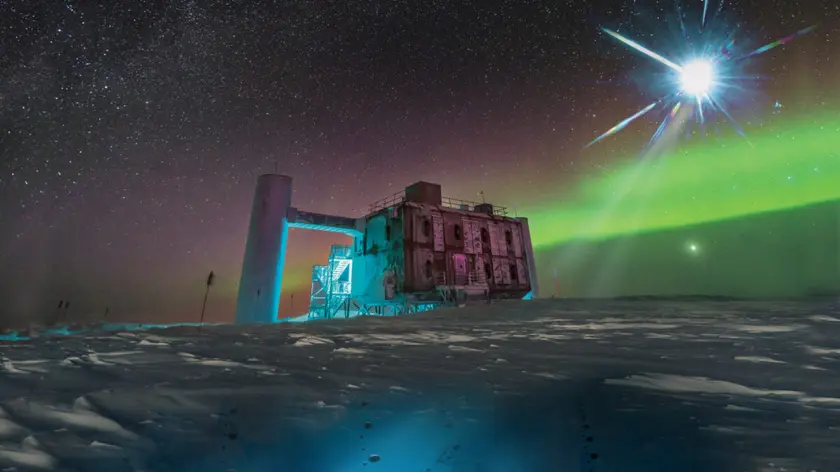
IceCube Upgrades Set to Expand Neutrino Reach

GTA 5 Mount Chiliad mystery debated

Exciting new shows and movies coming to Netflix in August 2025
